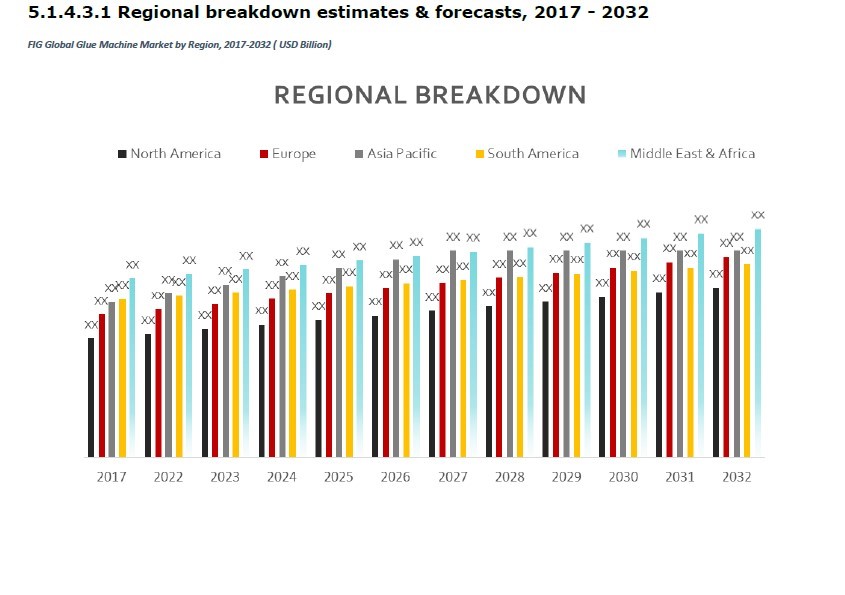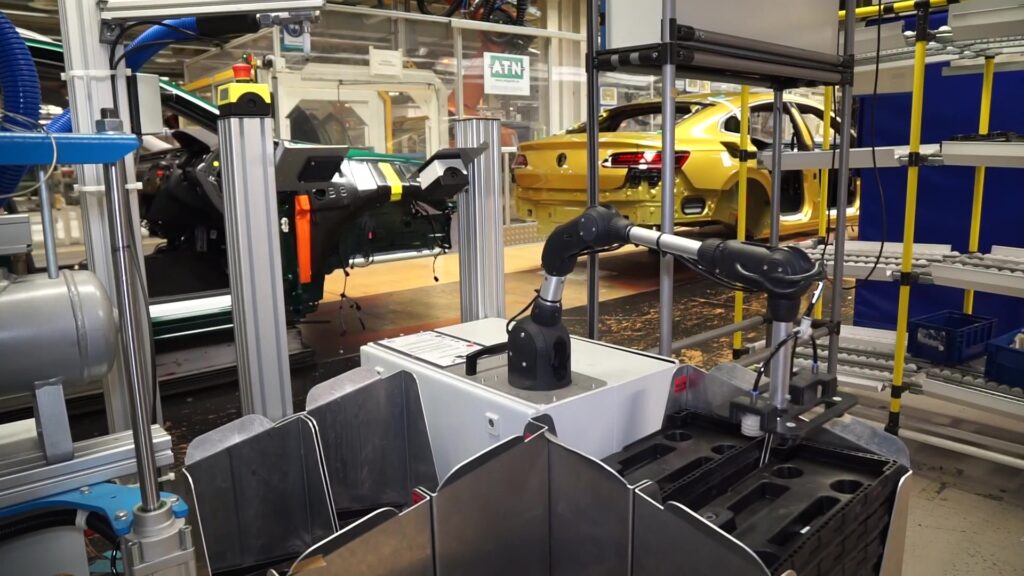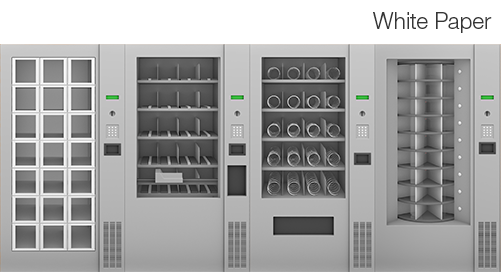5 Applications that Prove Automated Gluing is the Next “Big Thing”
Automated applications such as material handling, assembly, or pick and place tasks are well-known and popular within the manufacturing sector. Yet less well-known applications — particularly gluing and dispensing — are gaining steam and becoming more commonplace across various industries. Read on to learn about just a few of the possibilities of automated gluing solutions, and how you can utilize automated gluing to massively reduce costs while improving safety, reliability, and efficiency.

Furniture gluing
Adhesives are essential in furniture manufacturing, both for aesthetic and functionality. Using adhesives eliminates the need for other forms of bonding like screws or nails that can be an eyesore in furniture. The right adhesive will also ensure a piece of furniture is reliable and avoid falling apart with use. Automated gluing is preferable to manual gluing for furniture applications due to the precision necessary and the potential safety concerns if furniture is improperly glued.
Window gluing
Window gluing is one of the most important gluing applications, particularly in the construction, due to the function windows serve. They act as a shield against outdoor elements like wind, dirt, or rain. Proper gluing is absolutely essential here, as without it the window is much less likely to form a proper seal and won’t protect against these elements. Robots provide a much quicker, easier, and cost-effective method of gluing windows, regardless of where they’re used. The biggest benefit is in the construction industry, where window size and shape can vary, requiring different amounts and types of adhesives
Automated gluing in the automotive industry
The automotive industry holds massive potential for gluing robots. While windows were already mentioned, various other components all around the car, from mirrors and headlights to battery consoles and air filters, require gluing. With many automotive production lines already using automation in some way, further automating repetitive and precise processes like gluing should be a clear next step.
Battery console gluing
Volkswagen has already embraced the potential of gluing robots, using them to dispense adhesive on rear battery consoles for their Passat B8 PA cars. Previously, employees wouldn’t be able to maintain their workspace while also handling the gluing of these parts, leading to mistakes, lost productivity, and even employee safety concerns. After switching to an automated process, employees can remain within their work area and the robot achieves a much higher level of quality and consistency of adhesive dispensing.

Related: Low-Cost Robotics Marketplace (RBTX)
Air filter gluing
Air filters are another component in automotive applications that require gluing. Adhesives are used to seal the frame of the filter, help maintain the folding of the filter paper, and bond the frame and filter paper together. All of these processes require careful, precise application across small surface areas. This is the ideal scenario for a robotic gluing system, which can easily meet these needs and surpass the capabilities of human workers.
Liquid gasketing
Adhesives can even be used for gaskets (known as a liquid gasket), offering an alternative to standard gaskets. There are some unique benefits to using liquid gaskets, including reduced material costs and the elimination of any retightening normally needed with gaskets. Additionally, less design time is needed with liquid gaskets as material selection and size calculations are much simpler with liquid gaskets. With automation, the exact amount of adhesive necessary is used, eliminating any waste generated by inconsistencies in manual gluing. This further reduces costs and streamlines the manufacturing process.
Conclusion
While these applications demonstrate many of the strengths of automated gluing, this is only the tip of the iceberg when analyzing the benefits automation can provide. Gluing applications hold boundless potential, and the sooner companies embrace automated gluing, the better off they’ll be.
For a closer look into these benefits — particularly in the manufacturing of doors and windows — as well as ways to significantly mitigate the initial costs of adopting automation, read our free white paper!



